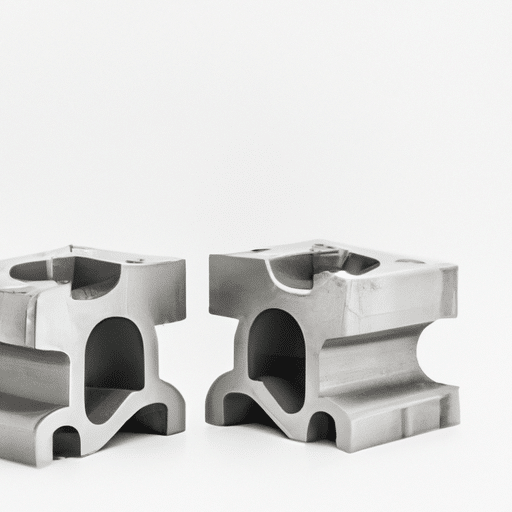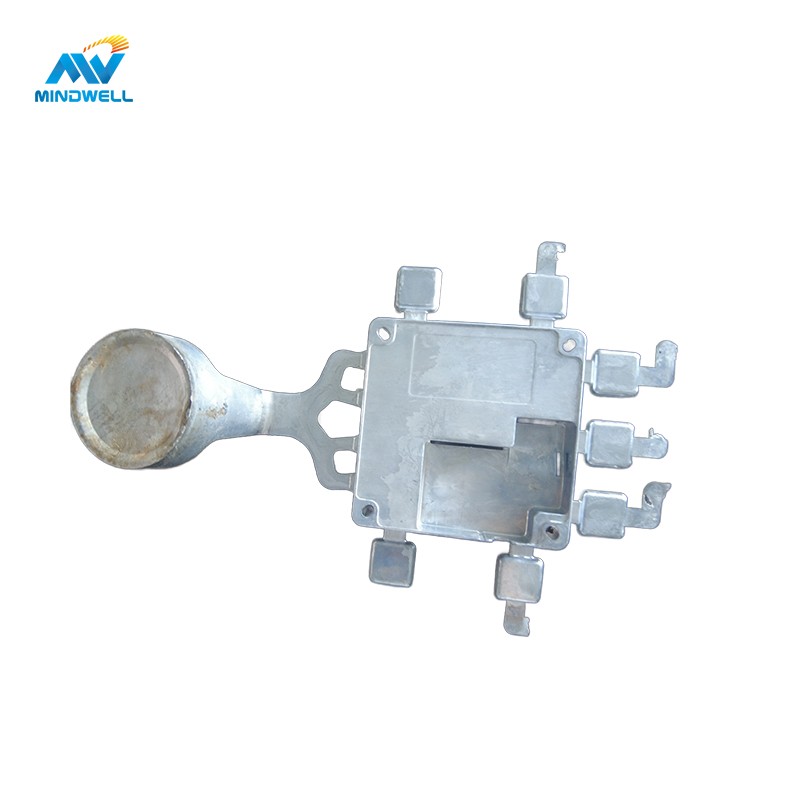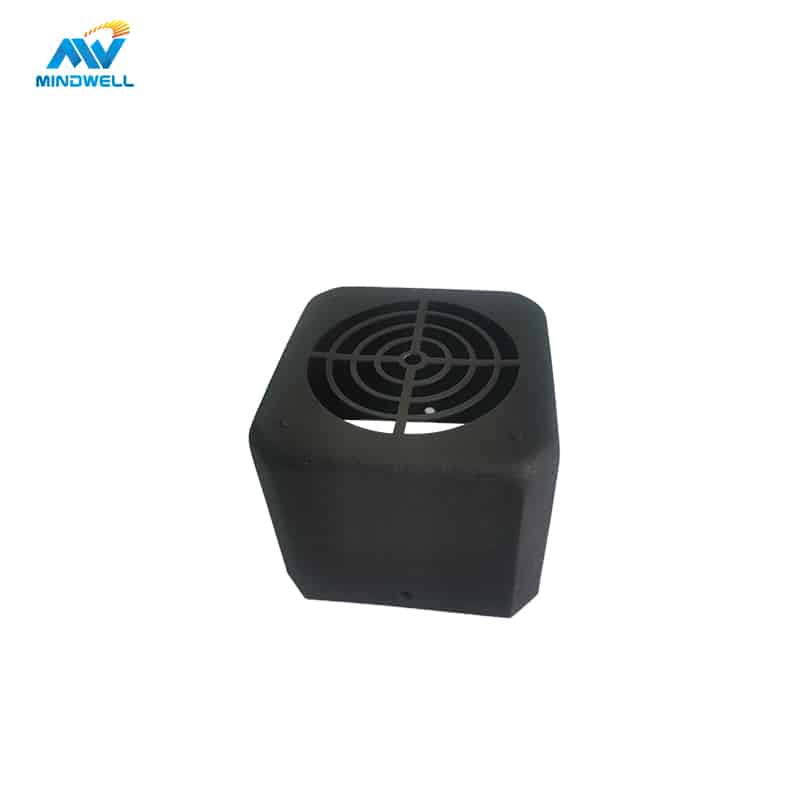The high-pressure aluminium die casting technique is often the method of choice when it comes to producing intricate parts and components with extreme strength and accuracy. This method, which is sometimes referred to as high-pressure die casting (HPDC), is extensively used in many different sectors and has several benefits.
The high-pressure aluminum die-casting process is an efficient and high-quality aluminum alloy forming process. The principle is that molten aluminum is injected into a steel mold or mold through a die-casting machine under high pressure to form a product of the desired shape. The manufacturing process is called the high-pressure aluminum die casting process.
What is aluminium die casting at high pressure?
A high-pressure injection of molten aluminium alloy into a steel mould, or die, is the process known as high pressure aluminium die casting. The intended shape of the part or component is formed when the molten metal solidifies and fills the mold’s cavity.
The reason this procedure is referred to as “high pressure” is because pressures ranging from 10,000 to 30,000 pounds per square inch are used to inject the aluminium alloy into the mould. The components have outstanding surface polish, dimensional precision, and mechanical qualities because of the high pressure, which guarantees that the molten metal fills all the delicate features of the mould.

The Procedures for High Pressure Aluminium Die Casting
The following stages are often included in the high pressure aluminium die casting process:
- Die Preparation: To make it easier to remove the solidified portion, the steel mould, or die, is machined to the required form and treated with a releasing agent.
- Melting and Injection: In a furnace, the aluminium alloy is melted, and after that, it is injected under intense pressure into a die. The sprue is used for injection, allowing the molten metal to enter the mould cavity.
- Cooling and Solidification: The molten metal is allowed to cool and solidify in the mould cavity after filling it. The die’s cooling channels facilitate the effective evacuation of heat from the component.
- Ejection: After the component has set, ejector pins or air blasts are used to open the die and remove the part. After that, any surplus material, such flash or overflow, is removed from the portion.
- Post-processing: To satisfy the required requirements and quality standards, the cast item may go through further post-processing procedures such trimming, machining, surface finishing, and heat treatment.
High Pressure Aluminum’s Benefits Casting Die
There are several benefits associated with the high pressure aluminium die casting technique.
- Complex Geometries: Using this procedure, items with complex features, thin walls, and intricate forms may be produced that would be difficult or impossible to produce using traditional manufacturing techniques.
- High Precision: The products have tight tolerances and outstanding dimensional precision because the high pressure guarantees that the molten metal fills all the features of the mould.
- Excellent Surface Finish: Parts with smooth surfaces and little porosity are produced by the high pressure and quick solidification of the molten metal.
- strong Strength: The cast part’s strong strength and mechanical qualities are a result of its quick solidification and fine grain structure.
- Cost-effective: Because high pressure aluminium die casting makes complicated components with few additional procedures, it is an economical manufacturing technique, particularly for big volume production.
Utilisation of Aluminium Die Casting at High Pressure
Numerous industries, including the following, make extensive use of the high pressure aluminium die casting process:
- Automobile: chassis parts, engine parts, gearbox boxes and more.
- Aerospace: engine parts, structural parts, and aircraft components.
- Electronics: heat sinks, connections, and housings for electronic equipment.
- Appliances: air conditioner, washing machine, and refrigerator parts.
- Industrial Equipment: Pump housings, valve bodies, and hydraulic components.
Characteristics of high-pressure aluminium die-casting process
- High-pressure aluminium die-casting involves a number of steps, including the preparation of raw materials, design of the mould, injection of aluminium alloy, solidification and cooling, demoulding, and post-processing.
- Preparing the raw materials is the first step in the whole process, and premium aluminium alloy materials, including ADC12, A380, and other types, must be chosen.
- To guarantee that the aluminium alloy can be smoothly injected into the mould and produce a product of the necessary shape, the mould must be designed in accordance with the product specifications throughout the mould design process.
- The centre of the whole operation is the injection link made of aluminium alloy. To create a casting, tremendous pressure must be used to inject the molten aluminium alloy into the mould, where it must then crystallise and solidify.
- The purpose of the cooling and solidification connections is to guarantee the casting’s stability and quality. The casting is taken out of the mould during the demoulding and post-processing stages, and any required processing—such as grinding and polishing—is carried out.

All things considered, the high pressure aluminium die casting technique is a flexible and effective way to create superior aluminium components with intricate geometries, extreme accuracy, and superior mechanical qualities. Its extensive use across several sectors is evidence of its dependability and efficacy.






